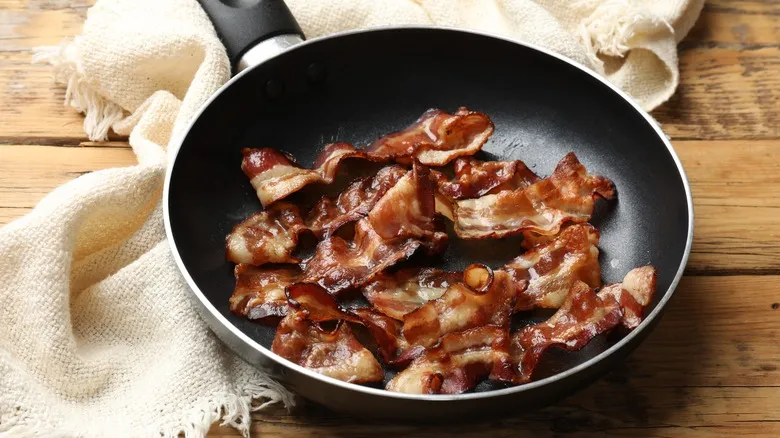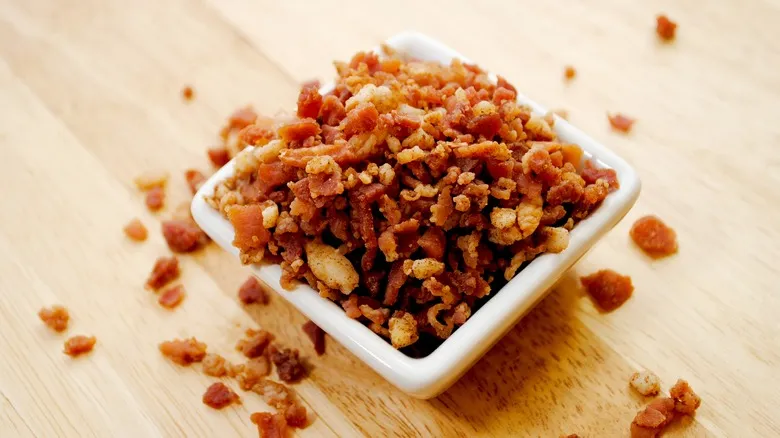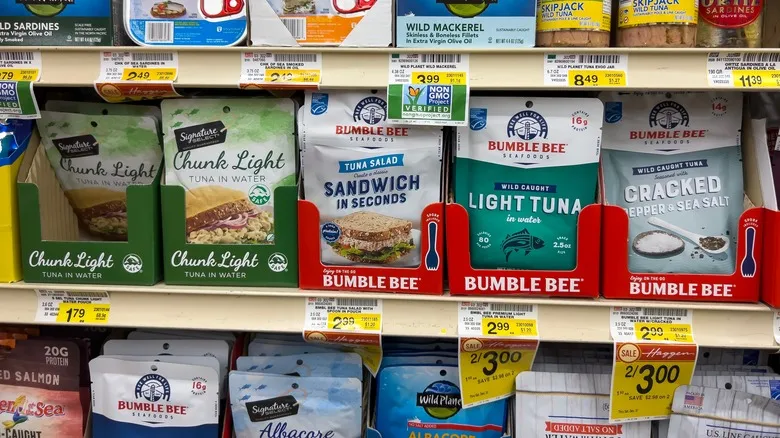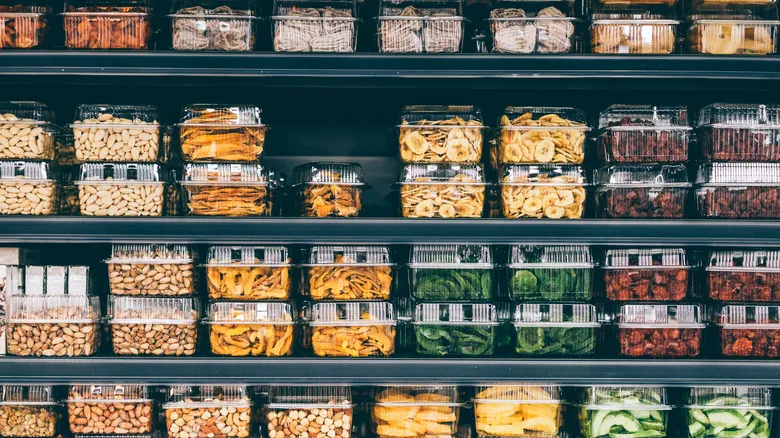Freshness from the back of the shelf

It might seem illogical to place the freshest items at the back of grocery store shelves, but there’s a rationale behind it. This strategy actually minimizes the risk of customers consuming expired products, which can lead to foodborne illnesses. (For more information on food safety, check out Chowhound's guide on common food safety errors to avoid.) This approach is particularly beneficial for highly perishable goods like milk and eggs.
There are two primary food service methods that utilize this principle. The first, known as First In, First Out (FIFO), organizes products based on their arrival at the store. Items that were received first are positioned toward the front of the shelf, while those that arrived later are placed at the back.
The second method, First Expire, First Out (FEFO), operates on a similar concept but focuses on expiration dates rather than delivery dates. The outcome is largely the same: older items with nearer expiration dates are placed at the front, while newer products are positioned further back.
Recommended

Why Throwing Out Your Bacon Grease Is A Huge Mistake

The Best Way To Store Radishes So That They Last Longer

How Artificial Are Store-Bought Bacon Bits?

Canned Vs Pouch Tuna: Is There A Difference Between The Two?
Next up

